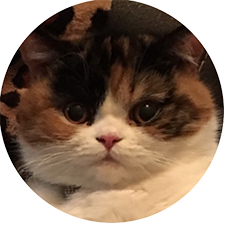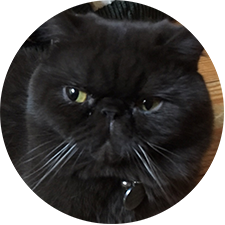Exotic Shorthair Cats are now the most popular breed worldwide according to The Cat Fanciers Association.
Luv Exoticz is a PKD & FELV/FIV Negative Cattery.
Exotic Shorthair Cats are now the most popular breed worldwide according to The Cat Fanciers Association.
Luv Exoticz is a PKD & FELV/FIV Negative Cattery.
Who is Luv Exoticz?
We are a licensed CFA registered small cattery.
Luv Exoticz breeds doll face and extreme face Exotic Shorthair Cats (ESH).
Our cats are a variety of colors including chocolates!
What Are ESH's?
ESH stands for Exotic Shorthair Cats.
This breed prefers to cuddle and relax for most of the day.
They are plush and beautiful to look at and a very affectionate breed.



